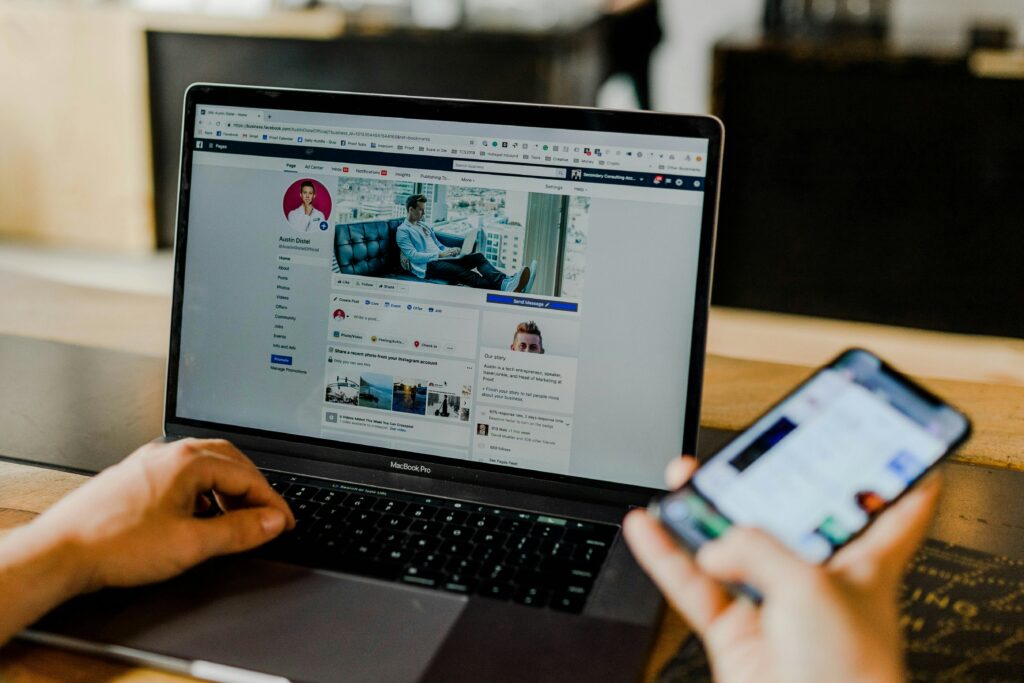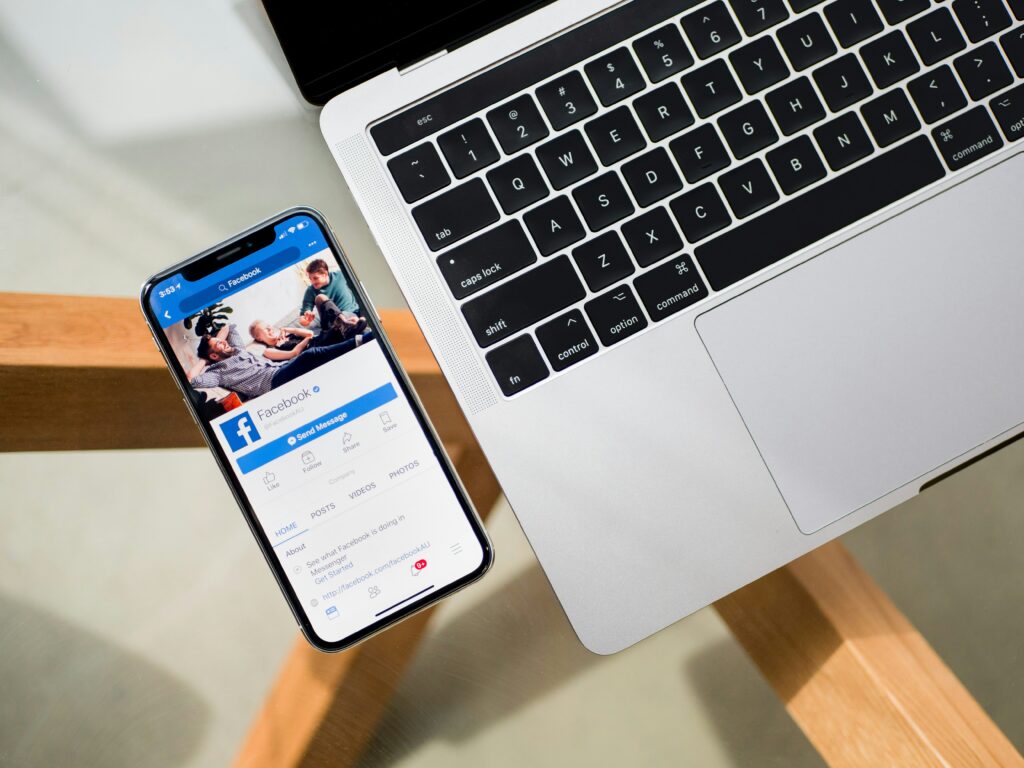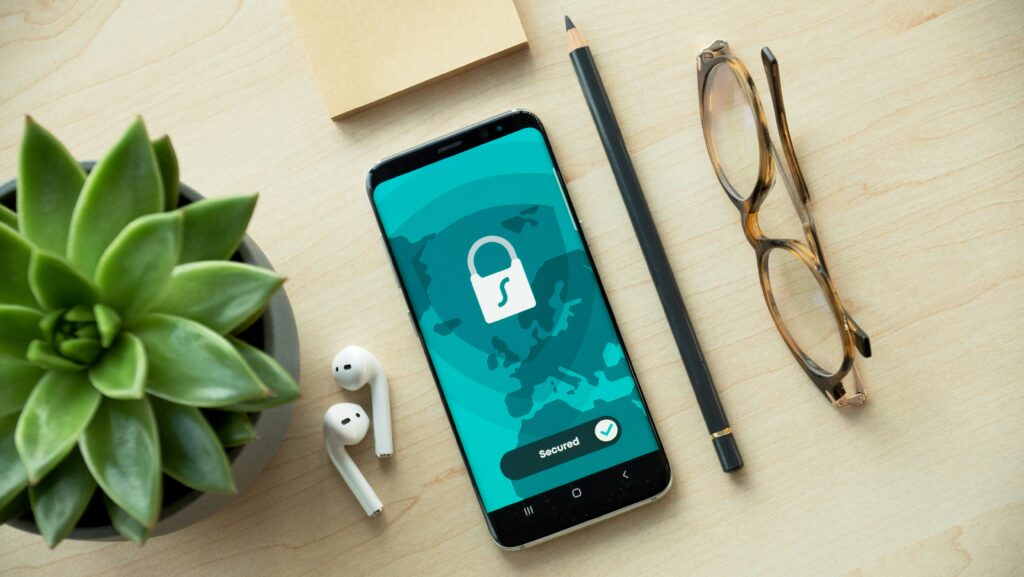Peer Response to Angela’s Blog Post#3
Angela offers a thoughtful and clear reflection on building her Personal Learning Network (PLN) and the role social media plays in this process. Her approach to actively engaging with platforms like Reddit and LinkedIn highlights how online communities can effectively support learning, particularly when facing challenges like coding. I especially appreciated how Angela emphasized understanding social media dynamics to expand the reach of helpful resources, demonstrating thoughtful online engagement.
Angela provided valuable thoughts on digital privacy, including the use of two-factor authentication and what information is shared online. In addition, her reflection on using Universal Design for Learning (UDL) to foster inclusivity demonstrates great understanding with regard to diversity in the digital environments. It might be helpful to use a personal account where applying UDL principles has changed how she participates in her PLN.
Overall, this post effectively highlights the benefits and responsibilities of managing a PLN thoughtfully and ethically.
Halle’s Blog Post#3 URL: https://onlineacademiccommunity.uvic.ca/halletrieu/2025/02/20/blog-post-3/
Peer Response to Halle’s Blog Post#3
Halle’s social media strategy is well constructed, particularly with regard to building her Personal Learning Network (PLN) on LinkedIn, Instagram, and through podcasts. Social media platforms such as these serve a dual purpose for her. Also, the way she separates her personal and professional identities demonstrates a keen consideration of privacy in the digital world.
I liked how Halle shared specific examples, such as following Mel Robbins, to illustrate how these networks positively impact her personal growth. Additionally, her emphasis on digital ethics, security, and privacy demonstrates careful consideration about her digital footprint. It’s great to see her applying concepts from Universal Design for Learning (UDL) to ensure inclusivity within her PLN. One suggestion would be to include more specific examples of how she applies UDL principles in her everyday interactions online.
Overall, Halle’s post highlights a balanced and mindful approach to navigating digital learning spaces.
Peer Response to Rachel’s Blog Post#3
Rachel’s blog offers a great perspective on building PLNs, digital privacy, and inclusivity in online spaces, especially highlighting practical examples that feel genuine and relatable. I found her explanation of how she uses short-form videos on TikTok and YouTube to build her PLN very interesting. The example of following Abbey Sharp on TikTok clearly demonstrates how Rachel leverages accessible resources to connect with professionals she might otherwise find difficult to reach.
I also appreciated Rachel’s honesty about digital privacy practices, especially her decision to avoid posting near-identical personal and professional content—this shows thoughtful consideration of how digital identity can affect offline life. Her emphasis on inclusivity by seeking diverse sources beyond Western perspectives and using UDL principles like closed captions to support different learning styles was also insightful.
Overall, Rachel provided clear examples of actively engaging with her PLN in responsible, inclusive, and meaningful ways.













Recent Comments